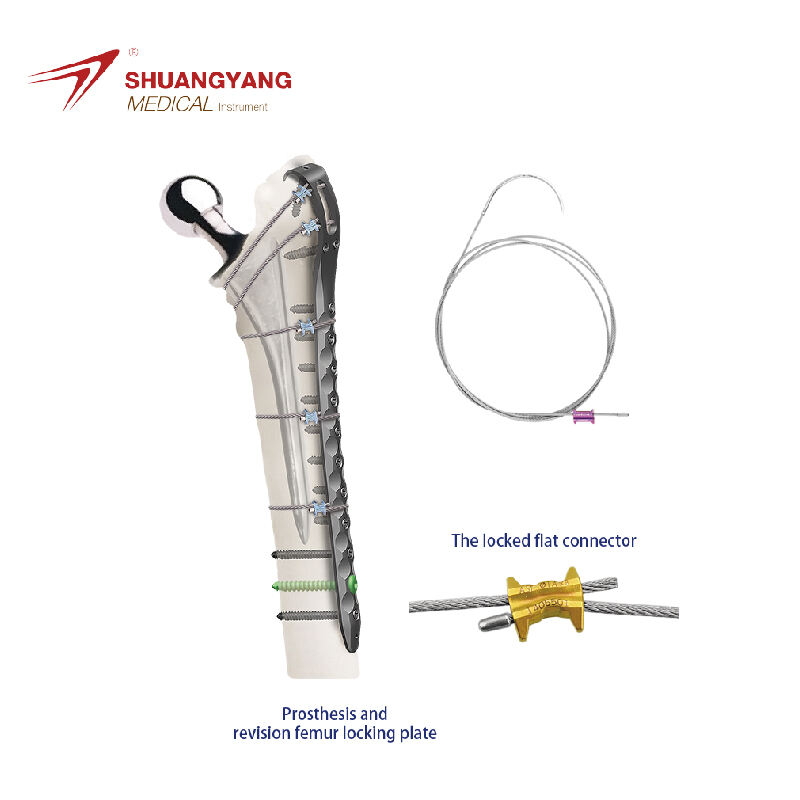fixator device
The fixator device is a sophisticated medical instrument designed to stabilize and immobilize bones or joints, primarily used in the treatment of fractures, corrections of bone deformities, and in certain surgical procedures. Its main functions include maintaining the correct alignment of the bone, allowing for controlled movement, and enabling the gradual correction of deformities. Technological features of the fixator device include adjustable nuts and bolts for precise control, modular components that can be tailored to the patient's anatomy, and high-grade materials that ensure durability and biocompatibility. This device finds its applications in orthopedic surgeries, trauma care, and pediatric orthopedics, where it significantly aids in the recovery process.


